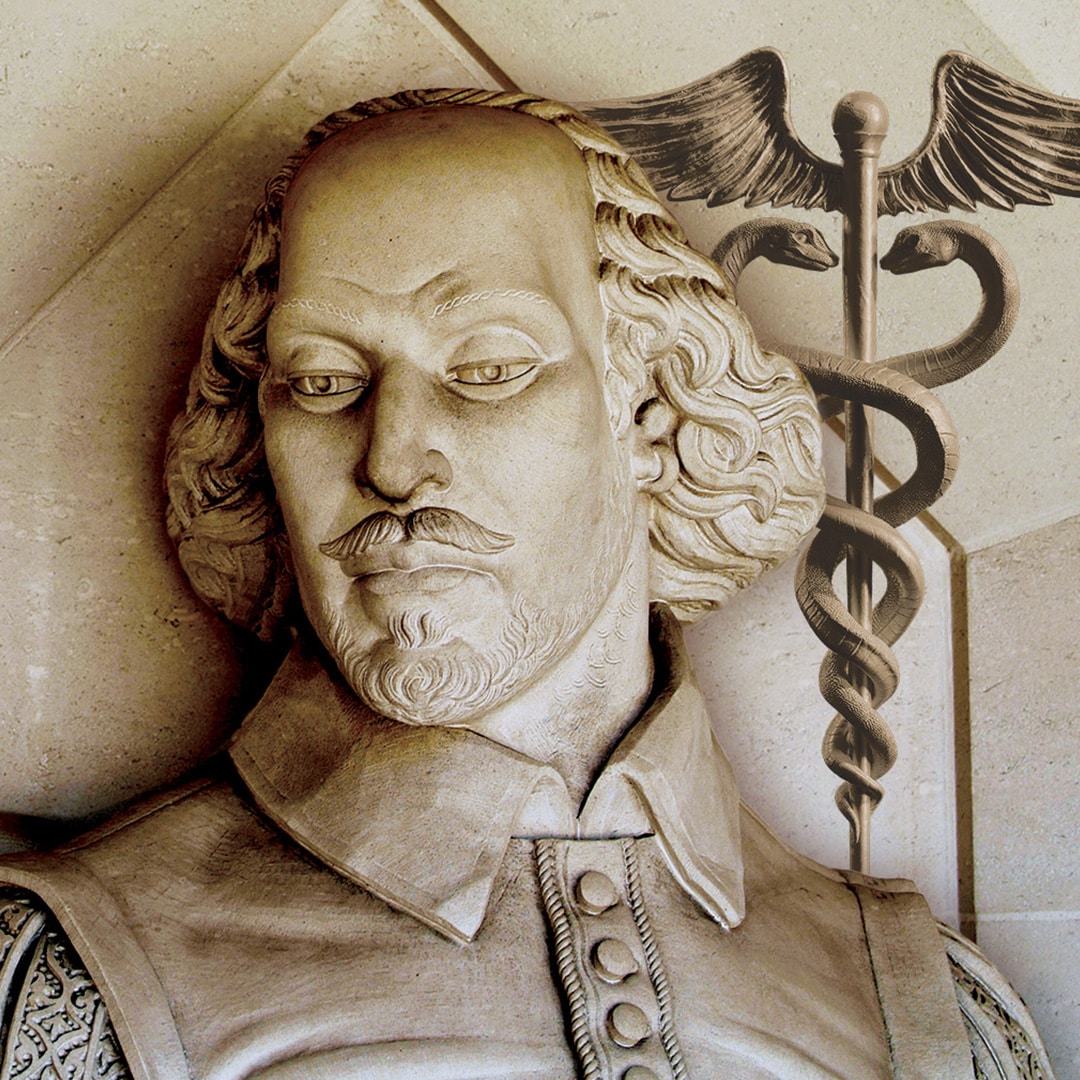Never a pretty sight, scientist claims
Supremacy, primacy over an idea
Banting, Best, MacLeod, Collip are the names
Of insulin inventors, but not clear
Who did what and when and why, the debate
Confused the importance for diabetes
The Nobel more profound than fate and state
Of the hormone that controls the sweeties
Banting’s pancreatic extracts from dogs
Reduced blood sugar but not for long enough
Collip helped Best refine, improve the odds
For use in humans, get out of the rough
Onto the fairway of life, diabetes
Mellitus managed, straight from the tees
Backstory
Diabetes mellitus, ‘to pass through, sweet as honey’, has been known for thousands of years, water passing through the body by excessive thirst and urination, producing sweet tasting and smelling urine. Prognosis was poor, especially in children, and no therapy was remotely useful until the 1920s. Frederick Banting, the originator of the ideas about insulin, whatever later controversies suggested, was born in Ontario, Canada in 1891. His medical education was interrupted by the first world war, and he qualified at the end of the war and took up a post as lecturer in pharmacology at the University of Toronto. He started to become interested in the pancreas and studied previous work on the fate of pancreatectomized dogs. He developed a theory about the role of secretions from the pancreas in the level of blood sugar and, with the help of his medical student assistant, Charles Best, planned a series of experiments to test the properties of extracts of pancreatic islets. They injected such an extract in the vein of a sick dog, whose blood sugar immediately decreased. This was not sustained, but Banting called this extract ‘insulin’. They needed larger volumes of the substance, and it had to be much purer. With the help of biochemist James Collip, and under the watchful eye of the head of department Professor John Macleod, Best produced the required material, which gave long-term benefit in dogs, and later in humans.
Banting and MacLeod were awarded the Nobel Prize for this discovery in 1923. There had been several arguments and differences between these four men and this came to a head with the announcement of the prize, Banting very publicly opting to share his money with Best, stimulating MacLeod to share his with Collip. These arguments proceeded within the scientific community for decades, even after the death of Best in 1978.



